Österbybruk is beautifully located in Roslagen and offers a beautiful manor house, historical mill environment and plenty of activities around arts and crafts. When we were here, not everything had opened yet, but despite that we had a nice afternoon.
Table of contents
Österbybruk
Österbybruk is one of the so-called vallonbruken in Uppland, and for a long time it functioned as an ironworks. Today they take care of the cultural-historical environment and offer many different activities for visitors. When we were here, the Wärdshuset was open, as were several of the small craft shops. In addition, we got to experience the fantastically beautiful surroundings, and could listen to history on our mobile phones via QR codes.

Österbybruk is located in the municipality of Östhammar in Uppland, about 11 kilometres north of Stockholm and about 8 kilometres southeast of Gävle.
Gustav Vasa, Louis de Geer and Gammel-Tammen
Already in the 16th century, and perhaps even earlier, iron processing was carried out in the area around Österbybruk. Gustav Vasa had Österbybruk's ironworks developed and when it was taken over by Willem de Besche and Louis de Geer in the 17th century, a major industry emerged.
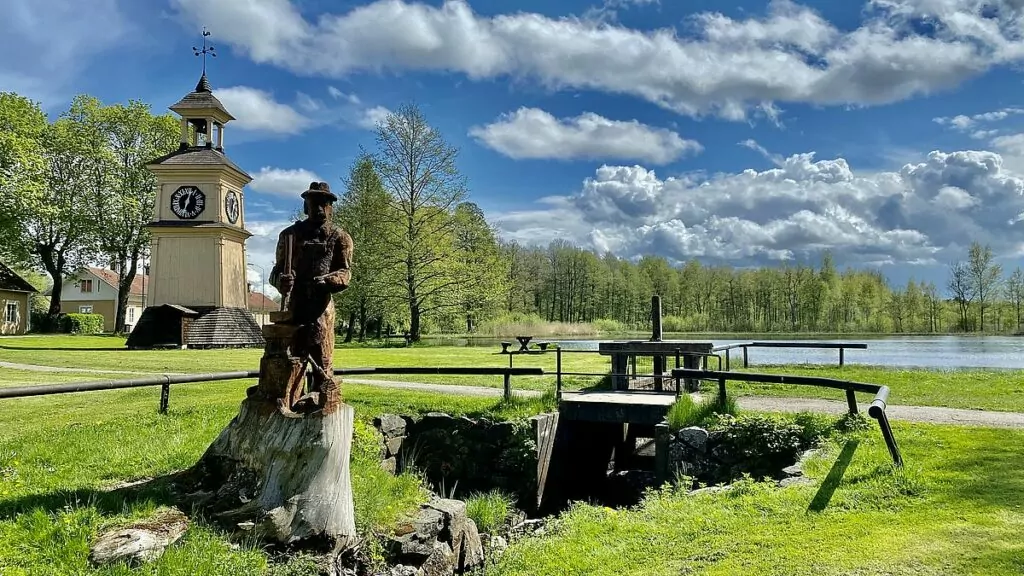
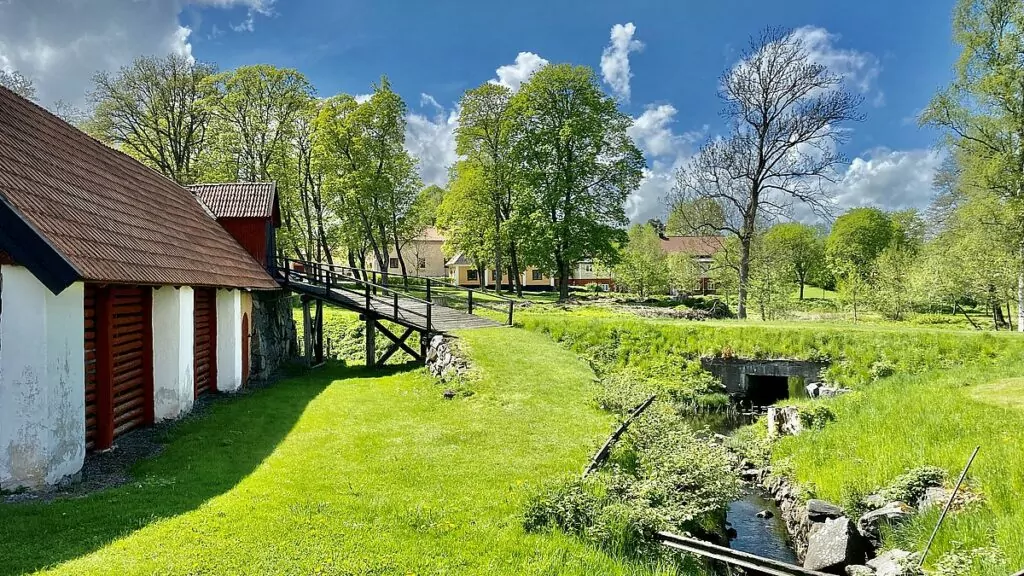
In the 18th century the mill was acquired by the Grill family and in the 19th century it was inherited by his relative Per Adolf Tamm. In his old age, he was nicknamed "Gammel-Tammen", which is the name of the mill's inn today.
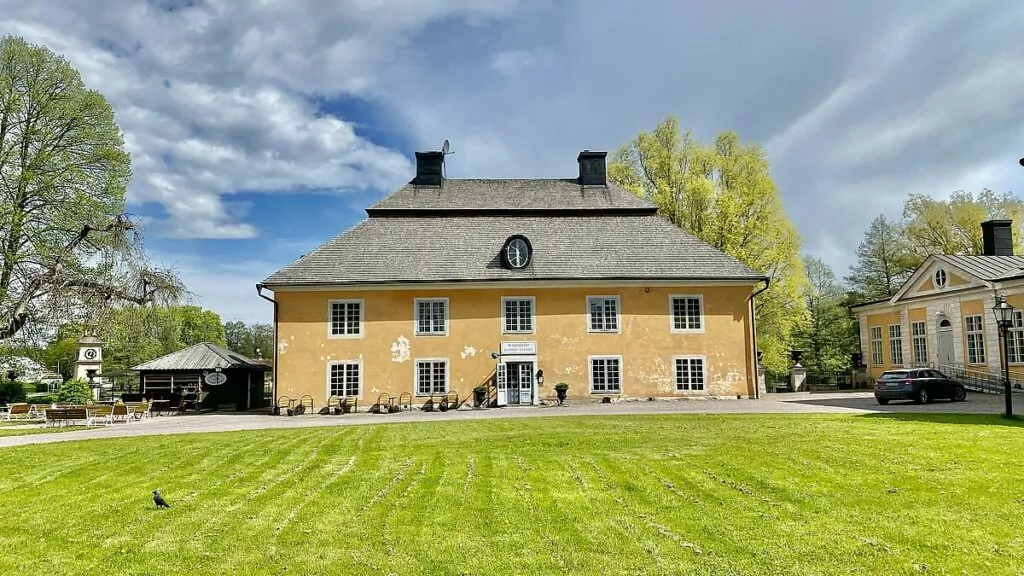
Österbybruk manor house
The most beautiful building at Österbybruk is the yellow manor house. Originally a wooden main building, the mansion you see today was built by the Grill family in the 1760s. In the early 19th century, the manor was taken over by the "Gammel-Tammen" and between 1917 and 1932 the artist Bruno Liljefors lived here.
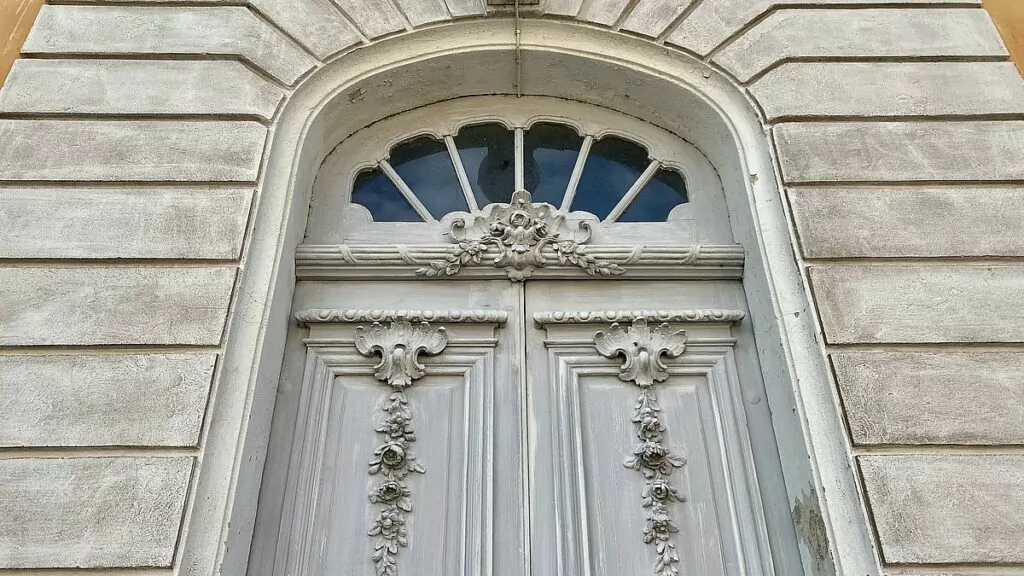
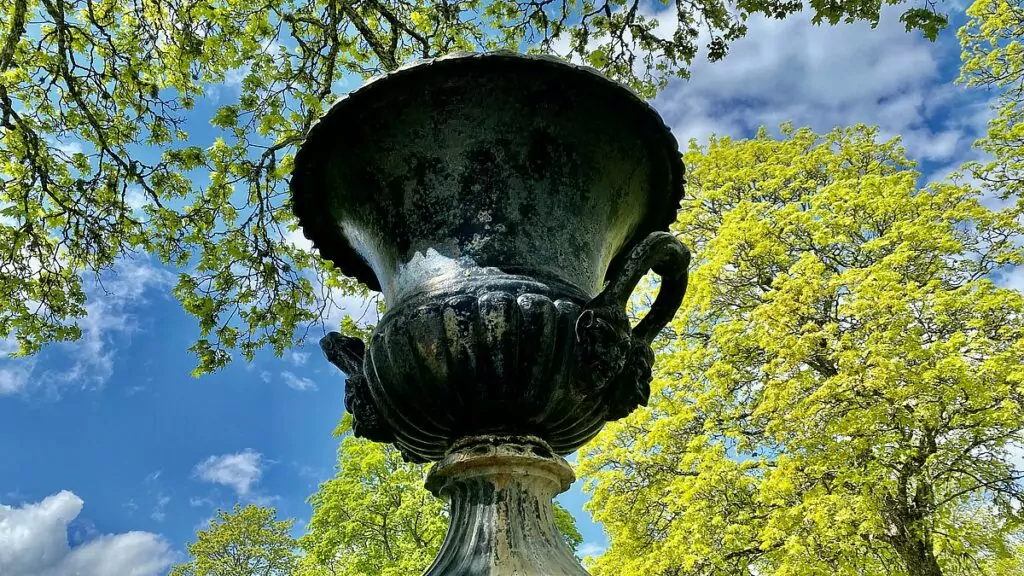
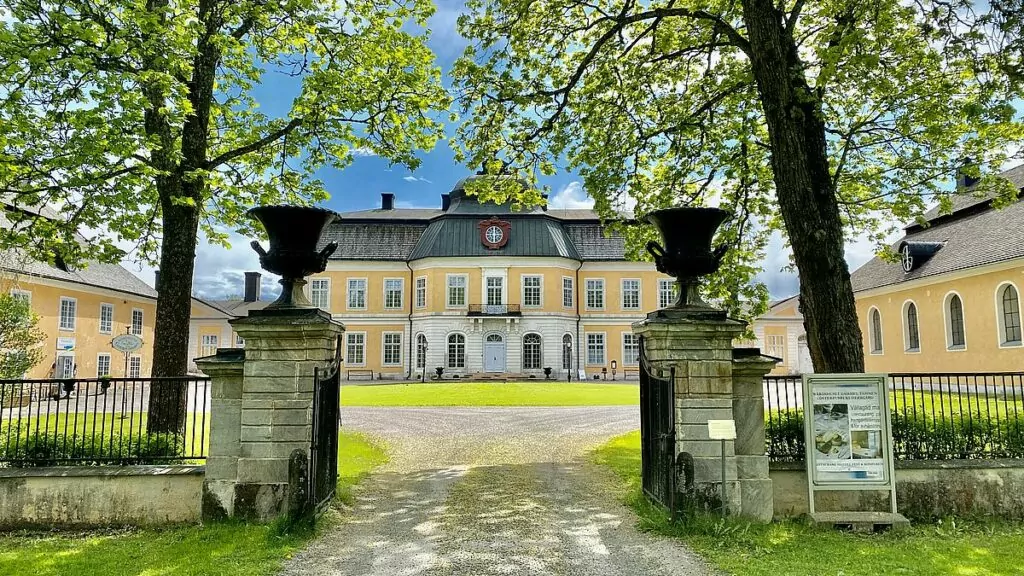
The most beautiful view of the manor is from the Manor Park. The garden was planted by Carl Hårleman in the 1740s and completed 20 years later. There is also a memorial monument erected by Tamm "in gratitude and reverence" to his aunt Anna Johanna Grill, who had left the estate to him. The monument was designed by Göthe and the medallion by Sergel.
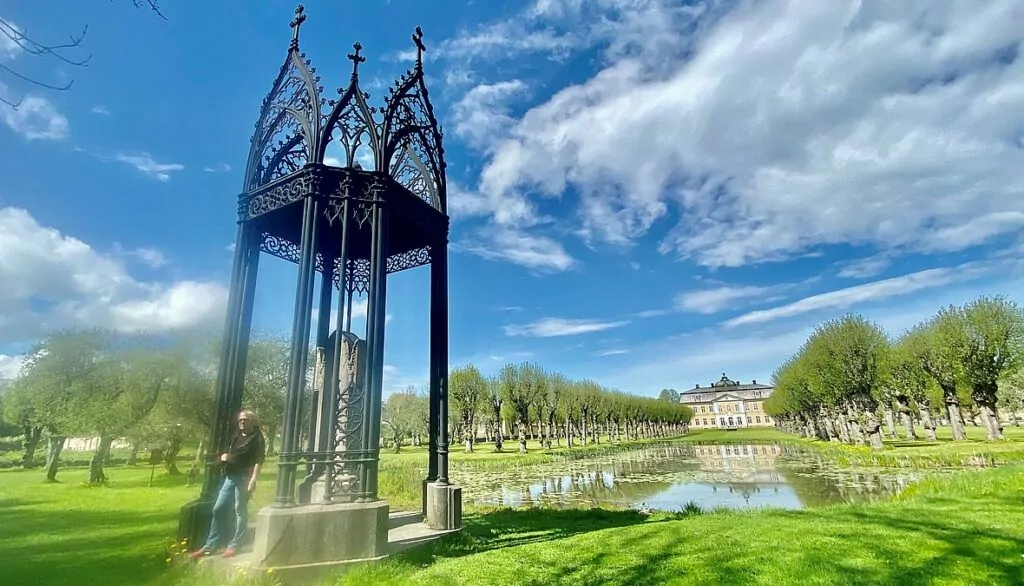
The poppy forge at Österbybruk
Another interesting attraction at Österbybruk is the old Walloon forge. When Louis de Geer took over the operation, and eventually the ownership, he recruited Walloon blacksmiths from his homeland. They built a poppy forge, which has been preserved almost completely today.
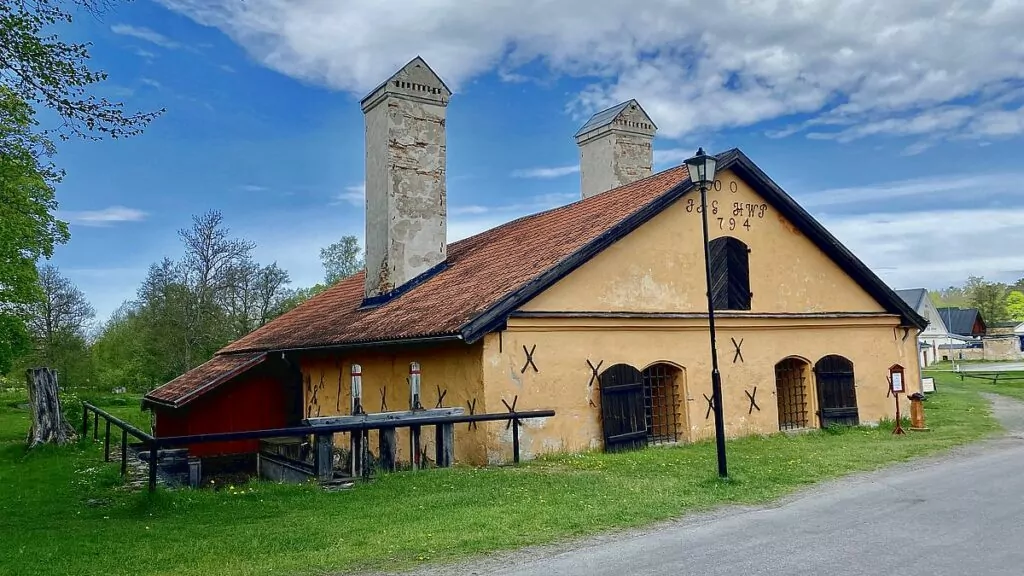
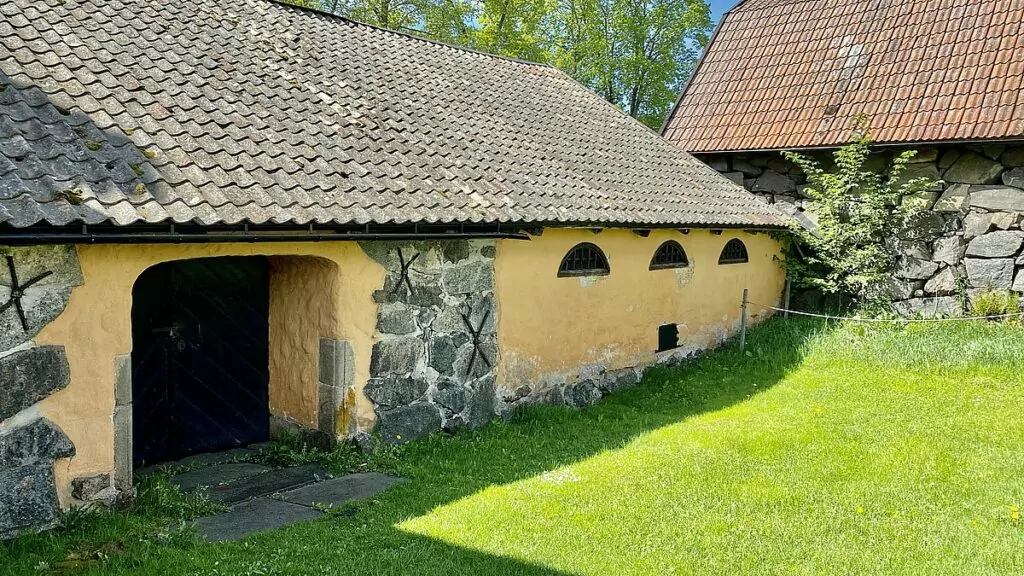
The poppy forge is sometimes open for viewing or guided tours, but since it was closed when we were here, we had to settle for peering in through one of the windows. This was like looking straight back in time, several hundred years. Fascinating that this still exists!
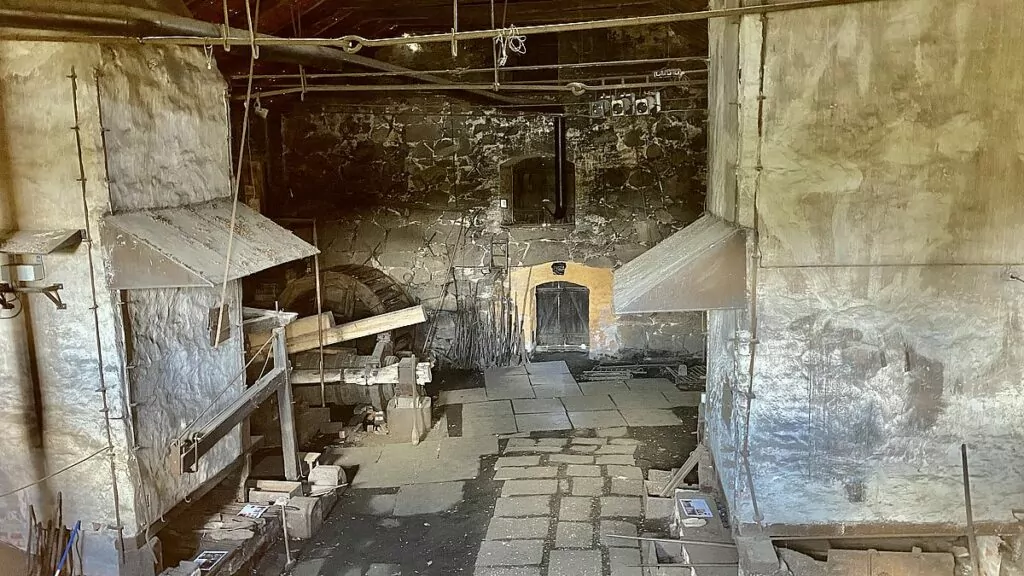
Crafts and shops
Today, many craftsmen and artists spend time in Österbybruk and there are several small shops. We looked into a shop with ceramics and an art exhibition, and at the same time had a nice conversation with the ceramist on site. She told us that in addition to arts and crafts, this summer they will also focus on activities for children.
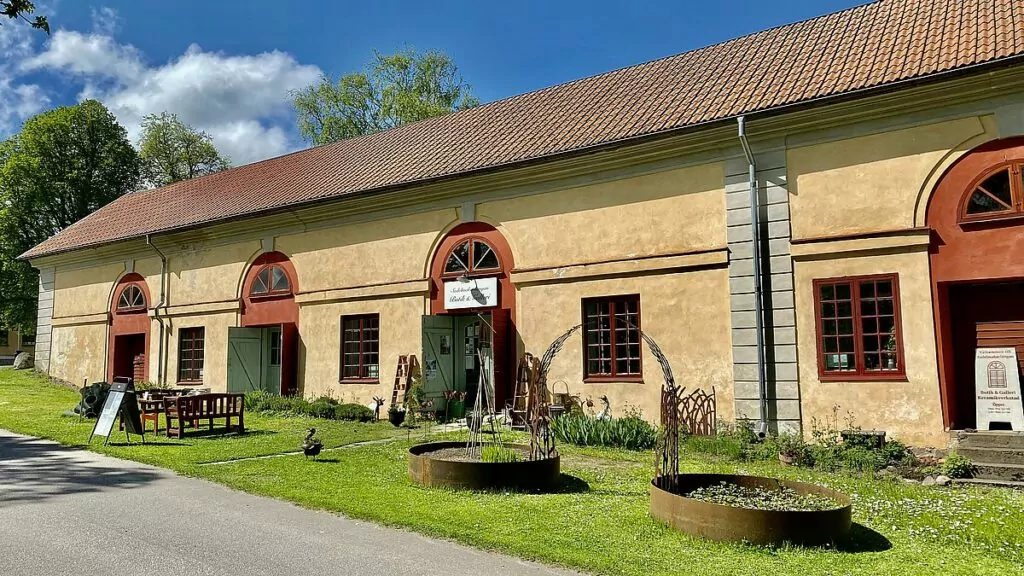
The Orangery Garden
At Österbybruk there is also the Orangery Garden, which is a cultural-historical garden with lots of different plants.
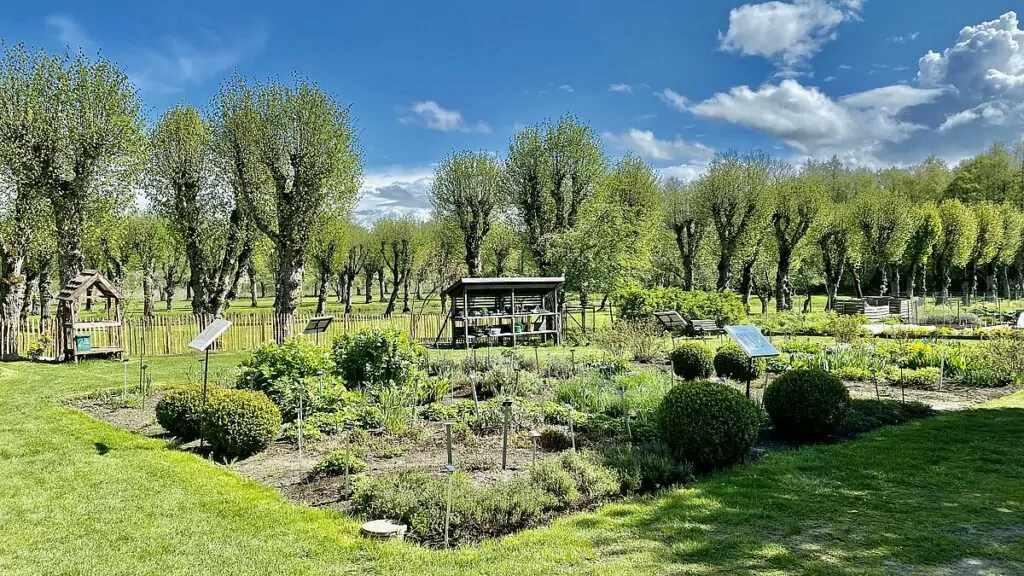
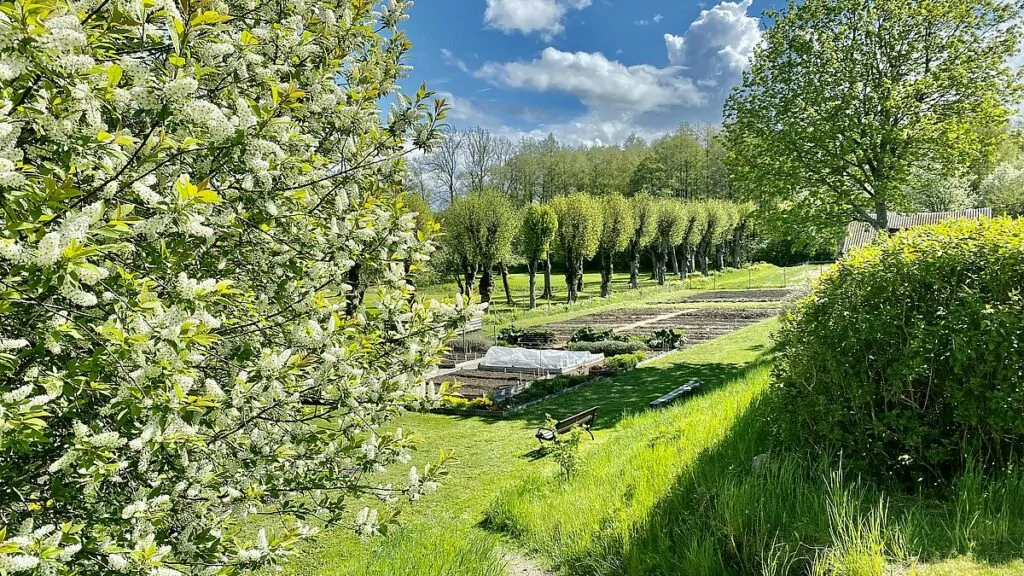
You could also look in, read about the history, talk for a while or maybe buy a plant.
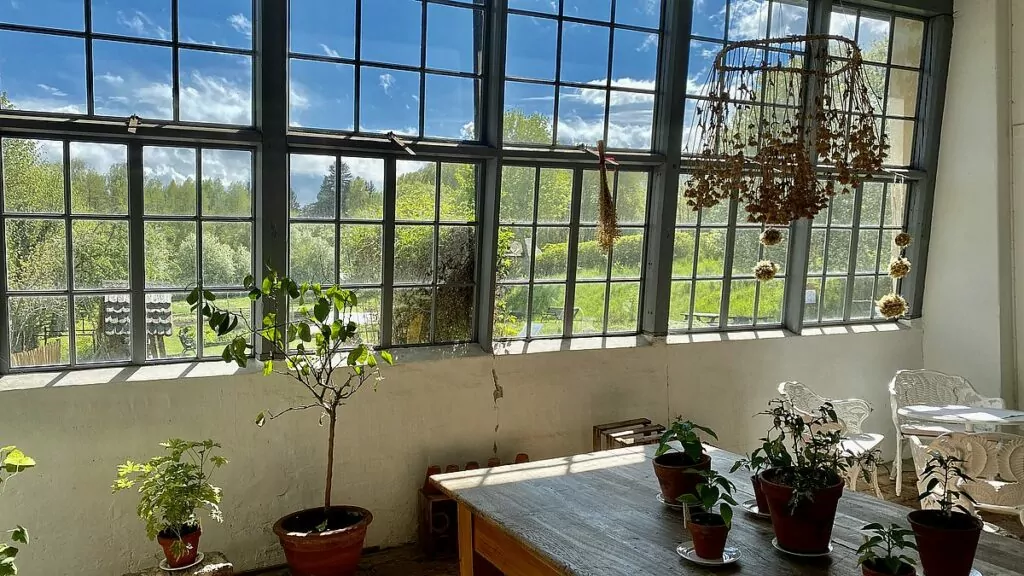
Dannemora mines
When we visited Österbybruk, we realised that we were very close to the Dannemora mines, which are the mines that once supplied this and other mills with iron.
Here we could see, among other things, a cute little bell tower from 1754, an ore block from a depth of 145 metres and "Örner's shaft", which in 1743 had a depth of 300 metres, and today has a depth of 350 metres. However, the deepest shaft at Dannemora mines extends all the way down to a depth of 620 metres.
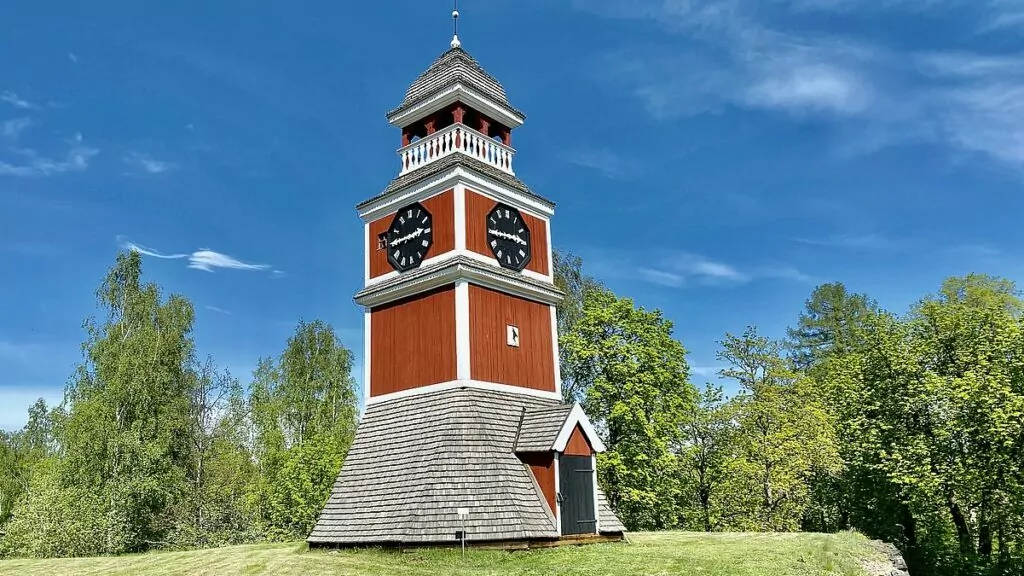
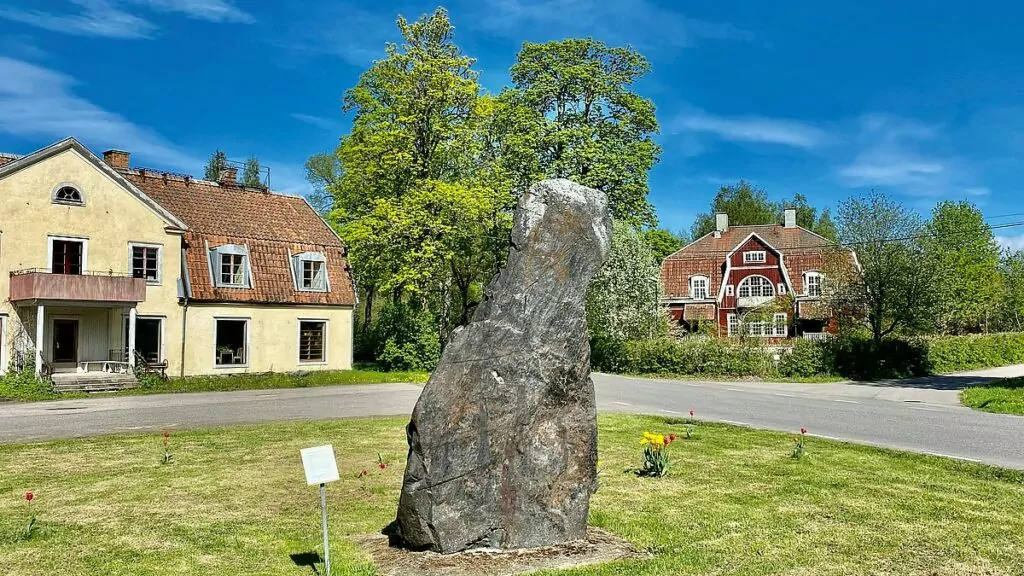
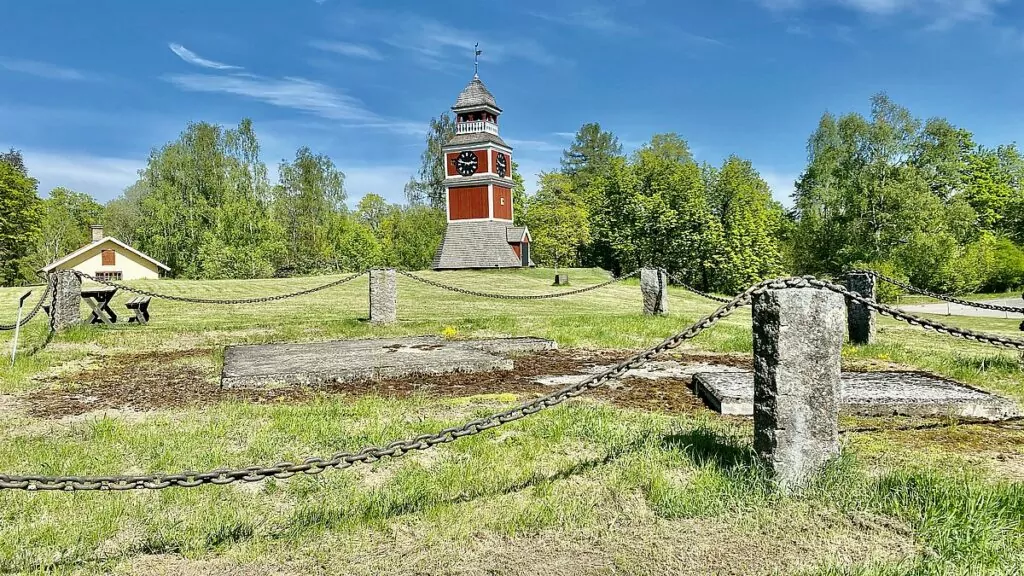
There are also two viewpoints where you can look down into opencast mines, the largest of which is called Storrymningen and is 270 metres long, 60 metres wide and originally 14o metres deep. The size was difficult to capture on film!
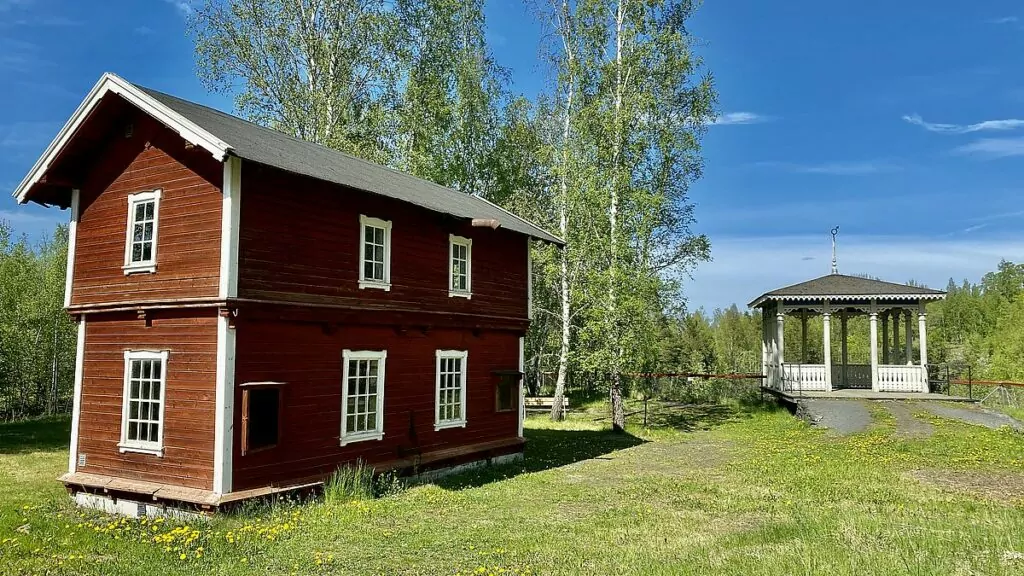
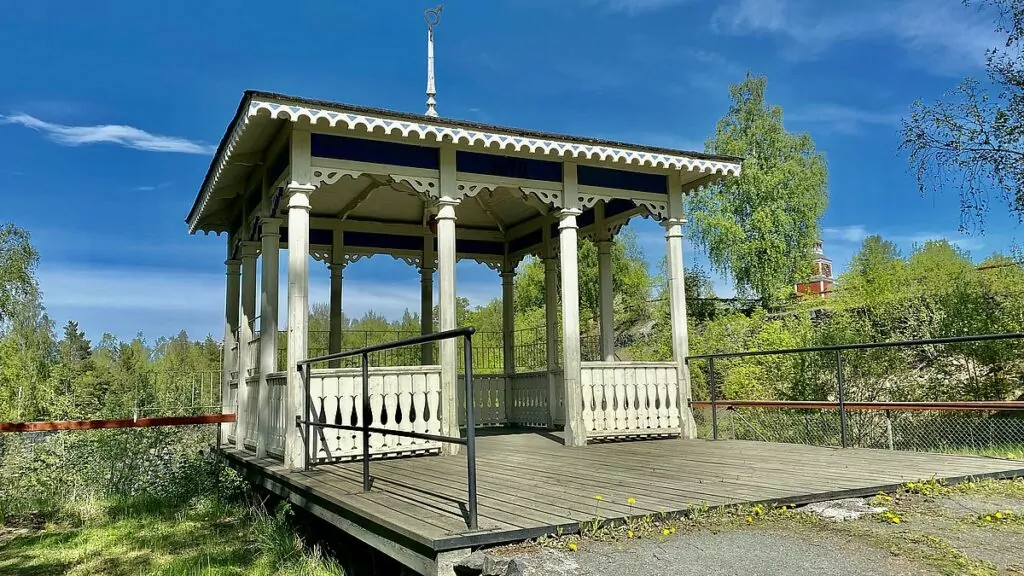
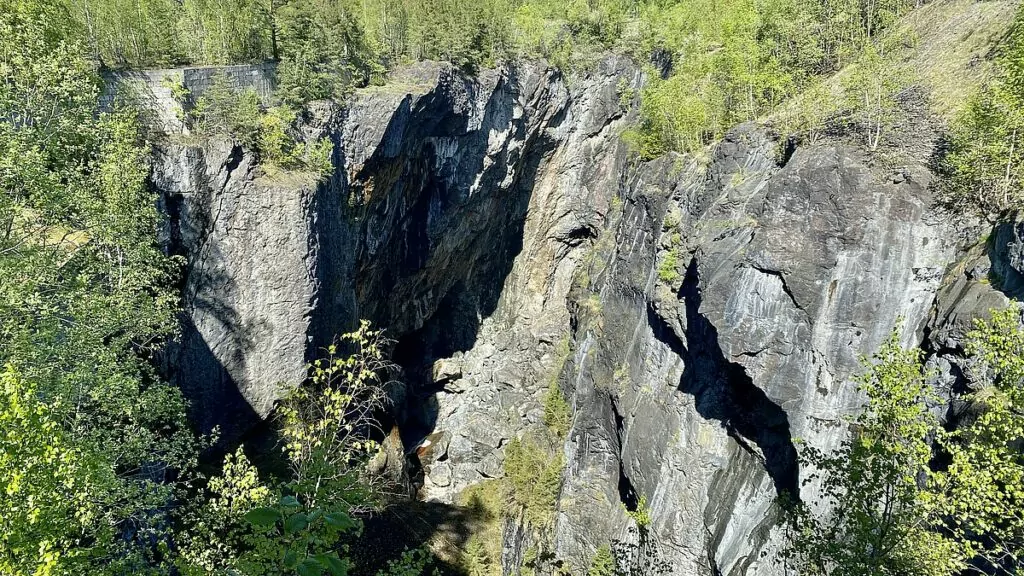
In summary, it was a nice and interesting visit to Österbybruk and Dannemora mines.
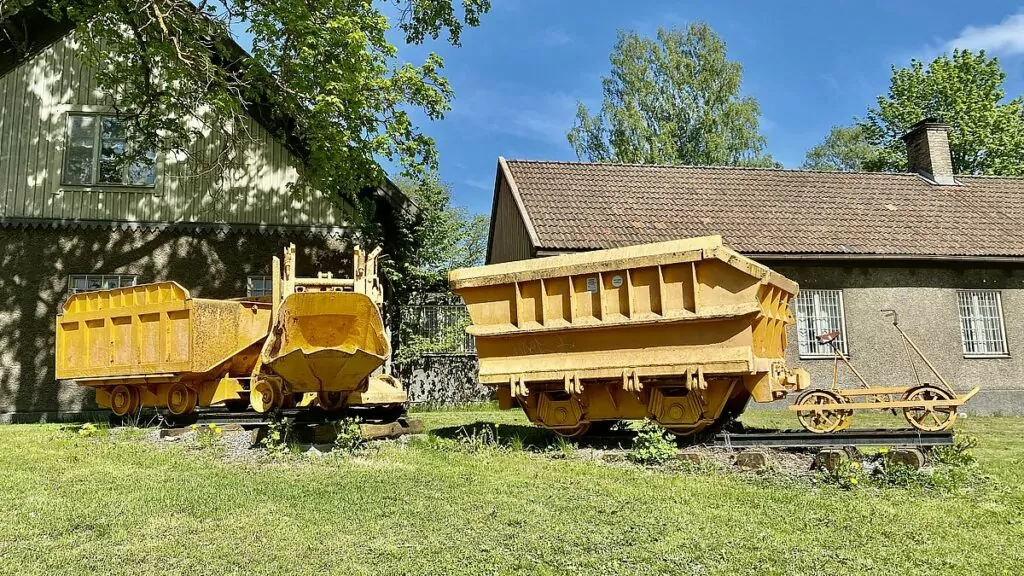
See more around Österbybruk
In the vicinity of Lövstabruk there are more poppy farms, such as Lövstabruk and Forsmark's mill. It is also close to visit beautiful and interesting Salsta Castle. There are also great destinations on the east coast, such as fine Öregrund and Ängskär sea camping.
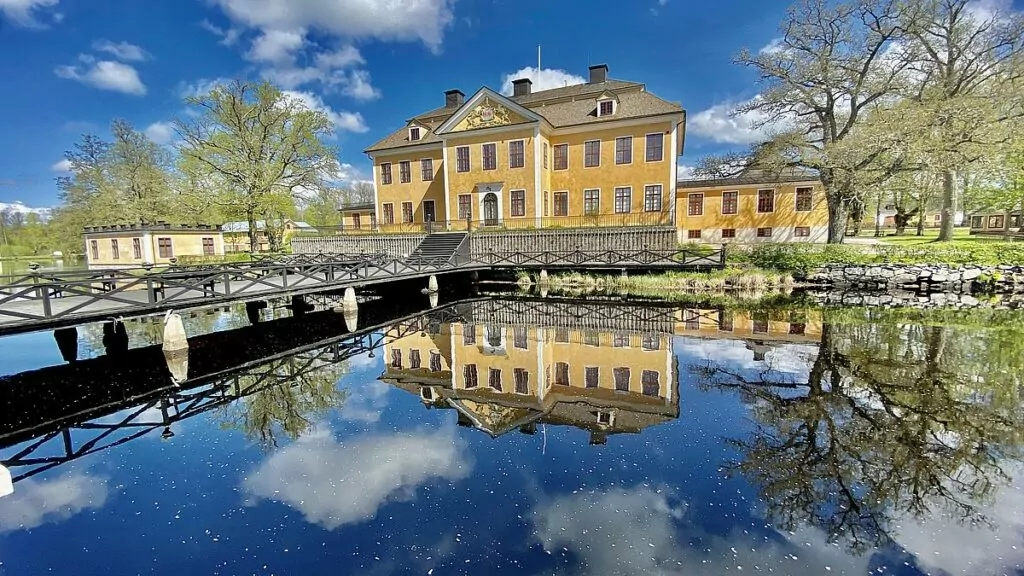
Otters on the road
This time we continued our journey southwards. Shortly after we left, we saw a sign telling us to watch out for ... well, what? We had never seen a similar sign and at first thought it seemed to warn of ... monitor lizards? Thanks to sharing the image on Instagram we now know that it is a warning sign for otters, of which there are probably plenty in the area.
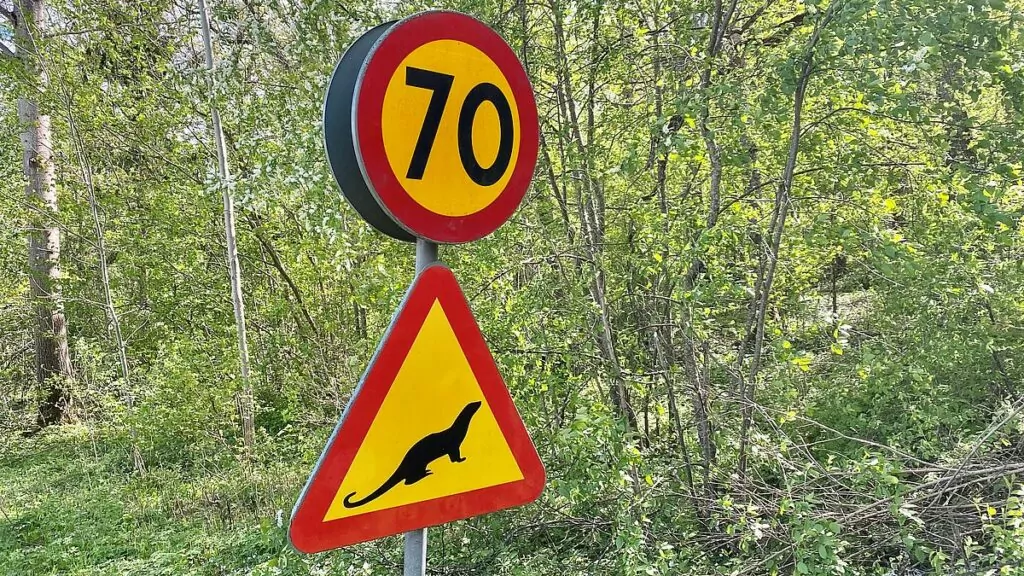
What to do in Stockholm - 30 sights and experiences
What to see and do in Stockholm? Stockholm is the capital of Sweden and has lots of...
Drottningholm Palace in Stockholm - guide for your visit
Last weekend we visited Drottningholm Palace in Stockholm. It was a fantastic autumn weekend, and...
Siggesta Gård in Värmdö - now with parking spaces
Siggesta Farm in Värmdö, outside Stockholm, is a rural hotel with conference facilities, outdoor activities, animals,...
Väddö sea baths and camping in Roslagen
Väddö havsbad och camping på Väddö is a campsite with a sandy beach, surrounded by beautiful nature....
Noor's castle - a Carolingian wooden castle in Uppland
Noor's Castle is a wooden Carolingian castle in Knivsta, Uppland. It may be a very...
Royal palaces in Sweden - 11 magnificent castles
Royal palaces in Sweden are the subject of today's article. Did you know that there are 11...
Bogesund Castle in Vaxholm - and the Great Castle Tour.
Bogesund Castle in Vaxholm is a beautiful 17th-century castle located in the Bogesund countryside in Stockholm...
Görväln Castle and Görväln Nature Reserve
Görväln Castle and Görväln Nature Reserve are located in Järfälla municipality, north-west of Stockholm. We made a...
Solna church - and the beautiful Norra begravningsplatsen cemetery
Solna Church is a nice little round church from the 12th century. Adjacent to the church is Norra begravningsplatsen, which...
Best restaurant at Arlanda? - we have tested La Girafe
Which is the best restaurant at Arlanda? There are of course several answers to this question...
Karlberg Castle Park - jogging trails and attractions
Karlberg Castle Park is just a few minutes' walk from where we live. Yet it took several...
Marabouparken in Sundbyberg - art gallery and park hangout
Marabouparken in Sundbyberg is a park with an art centre and a large collection of sculptures. Despite...
Hagaparken in Solna - castles, gazebos and pavilions
Hagaparken in Solna is a beautiful park where you can stroll among castles, gazebos and...
Sigtuna - Visiting the oldest town in Sweden
Join us in Sigtuna, Sweden's oldest town! Yesterday we woke up to blue skies and decided to...
Grönsöö castle in Uppland - and a cosy free camping site
Grönsöö Castle is a fine 17th century castle on the island of Grönsö in Lake Mälaren, Uppland. In the summers, the...
Salsta Castle in Uppland - castle café, guided tours and ghosts
Salsta Castle is a beautiful baroque castle from the 17th century. We were fascinated by the beautiful building when...
Ulriksdal Palace and Park - Royal Palace in Solna, Sweden
Ulriksdal Palace is one of the eleven royal palaces in Sweden, and offers a...
Rydboholm Castle in Roslagen - and the English Park
Rydboholm Castle in Roslagen is a private castle from the 16th century, and next to the castle is the...
Lövstabruk - ironworks dating back to the 16th century
Lövstabruk in Uppland is one of the so-called vallon mills in Sweden, a historic ironworks....
Kapellskär campsite in the Riddersholm nature reserve
Kapellskär's camping is beautifully located in the Riddersholm nature reserve, with the coast and the Åland Sea right outside. We...
Things to do in Norrtälje - 11 tips for the capital of Roslagen.
What can tourists do in Norrtälje? Norrtälje is an idyllic archipelago town with beautiful old...
From Sundbyberg to Sigtuna - a visit to the Sigtuna Foundation
Guest writer: Christina Gripenberg More specifically, to the Sigtuna Foundation. It's a journey of 1.5 hours, first...
Forsmark's mill in Roslagen - a poppy mill with a long history
Forsmark's mill in Roslagen is one of the many beautiful poppy mills in the area. Once...
Linnaeus' Hammarby in Uppsala - Aunt Anna botanises
Guest writer: Anna Nilsson Spets A stone's throw from Uppsala's bustling city centre is the rural Linnaeus Hammarby....
Skokloster Castle - magnificent baroque castle by Lake Mälaren.
Skokloster Castle is a magnificent baroque castle on Lake Mälaren. This is the largest private palace that...
Road trip in Roslagen - 10 places to visit
Looking for a road trip in Roslagen? We recommend ten great destinations to visit...
Rullsands camping and sea baths
Rullsands camping is a nice campsite outside Gävle. The location of the campsite is very nice and...
Lötsjön and Råstasjön - nature in Solna and Sundbyberg
Lötsjön and Råstasjön, located in Sundbyberg and Solna respectively, are two beautiful lakes with...
Paul Taylor Lanthandel - celebrity restaurant in Sundbyberg, Sweden
Paul Taylor Lanthandel in Sundbyberg is a climate-smart, modern and, above all, sustainable restaurant....
Museums in Stockholm - guide to the city's best museums
Why not visit some museums in Stockholm? Sweden's capital city is one of the world's most museum-rich...
Törnskogen nature reserve - lost twice in one day
Törnskogen Nature Reserve consists of Södra Törnskogen in Sollentuna and Norra Törnskogen in Upplands Väsby. Here...
What to do in Sundbyberg - 9 tips for cosy Sumpan.
What can you do in Sundbyberg? We have lived in Sumpan for many years, and...
Steninge castle in Uppland - Aunt Anna and the sugar bushes
Guest writer: Anna Nilsson Spets A visit to Sweden for me is full of activities, we headed for...
The Swedish Upplands Road - FREEDOMtravel Themed Roads
Writer: Peter Bergström The Swedish Upplandsvägen is a themed road that takes you from Stockholm through...
Vikingabyn Storholmen - open-air museum in Roslagen.
Vikingabyn Storholmen is an open-air museum beautifully situated by Lake Erken in Roslagen. For a few...
Pythagoras Industrial Museum in Norrtälje - step into history
The Pythagoras Industrial Museum in Norrtälje tells, in a very vivid way, about a piece of Swedish industrial history....

Have you been to Österbybruk? How was your experience? Do you have more tips on things to see and do in the neighbourhood?
Facts about Österbybruk
- Address: Herrgårdsvägen 1, Österbybruk
- Municipality: Östhammar municipality
- County: Uppsala County
- Landscape: Uppland
- The construction of the mansion: 1763 – 1780
- Owners: The mansion and some 20 other buildings are owned by the Bruno Liljefors Foundation.
- Read more: You can find more information at the mansion's website.
Tours and activities
- Views: Guided tours are organised under normal circumstances in the mansion and the forge. Ghost tours are also organised.
- Museum: The Carriage Museum and the Agricultural Museum.
- Exhibitions: Art exhibitions
- Activities for children: Solve the mystery of the farm ghost, create your own art, try traditional games and more.
- Events: Courses in lime plaster and painting as well as exhibitions, concerts, theatre, fairs, wool market, Eldfesten, Gille and nyckelharpsstämma and more.
Services and practical information
- Opening hours: For current opening hours, see the Österbybruk Manor website.
- Food service: The Gammel Tammen Inn serves lunch and dinner. The stable café serves coffee and light lunches.
- Shops: Antique shops, craft shops, second-hand, recycled and locally produced goods.
- Accommodation: The Gammel Tammen Inn has 15 rooms. The hostel Annexet has ten double rooms. Simbadets camping has cabins and pitches for motorhomes/caravans.
Finding Österbybruk
- Car: Take road 290. From the south, take the exit at Storvreta, towards Forsmark. From the north, take the Tierp exit and road 292.
- Municipal: Bus 823 runs from Uppsala. You can also take the Upptåget train and change to bus 823 in Skyttorp.
History of Österbybruk
- 15th century: Österby farm belonged to Örbyhus, which was owned by the Vasa family.
- 16th century: With the help of German experts, Gustav Vasa set up an ironworks specialising in war materials.
- 1632: Österbybruk was leased to Willem de Besche and Louise de Geer, along with Lövsta and Gimo crown farms.
- 1758: Österbybruk was acquired by Claes Grill, the owner of the East India Company.
- 1802: Anna Johanna Grill gave half of the mill to Per Adolf Tamm (who was called Gammel-Tammen in the old days).
- 1821: Per Adolf Tamm became the sole owner of Österbybruk, and owned the mill until his death, when his heirs formed Österbruk AB.
- 1927: The mill was operated by Fagersta AB.
- 1983: The business was closed down, but lived on through Österby Gjuteri AB. The estate is now owned by a foundation with the task of preserving the cultural heritage.
History at Dannemora mine
- 1481: The oldest record of the mines is from this period, but it is likely that iron ore was processed even earlier.
- 1600-1700s: More than 30 large and small mills were established in Uppland, and these based their production on the Dannemora mines.
- 18th century: The mines were jointly managed.
- 1937: AB Dannemora Gruvor was formed.
- 1948-1958: Mining was modernised
- 1978: SSAB became the owner of the mines.
- 1992: The mine was closed because it was no longer considered profitable. By this time, a total of 24 million tonnes of ore products had been extracted.
- 2012: Dannemora mines were reopened, but went bankrupt again in 2015.



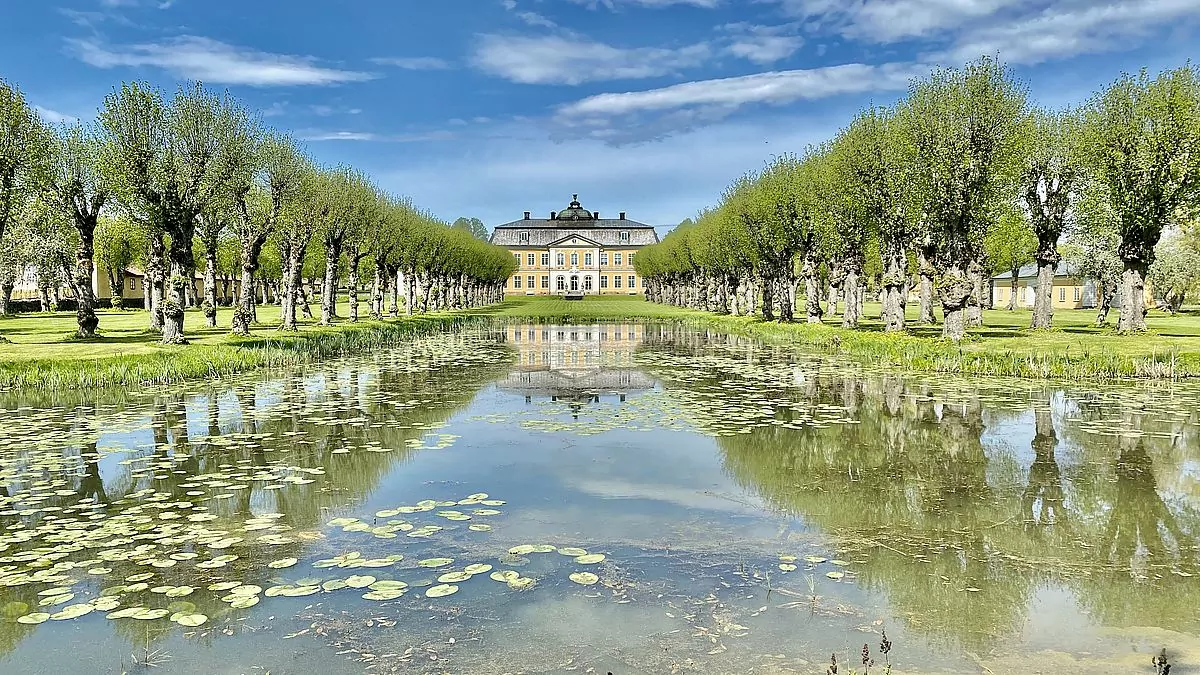






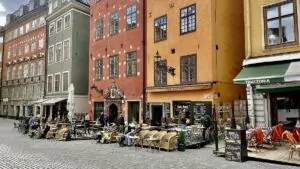
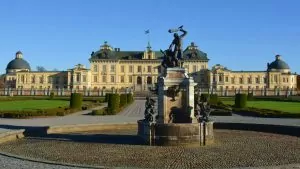
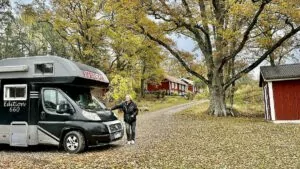

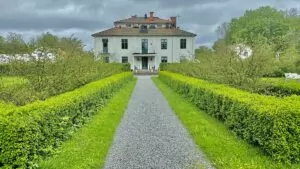
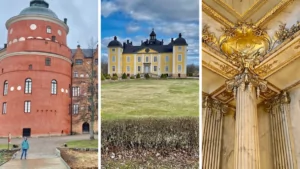
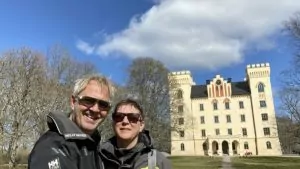
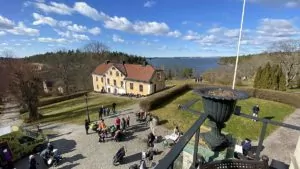
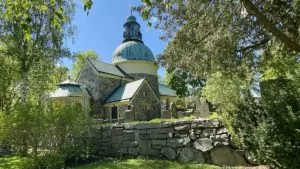
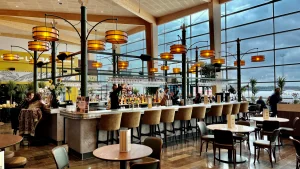
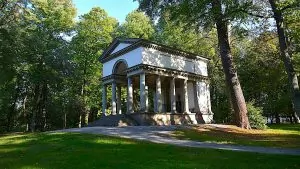
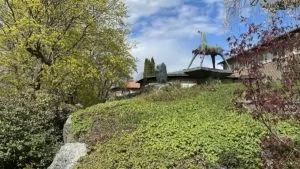
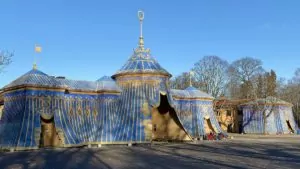
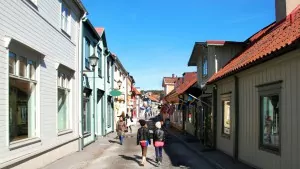
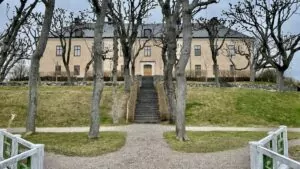
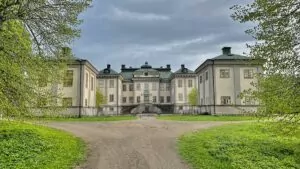
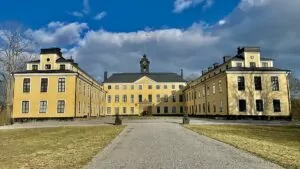
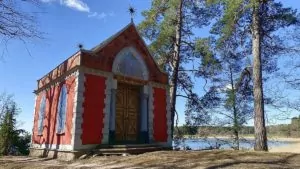
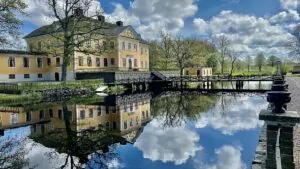

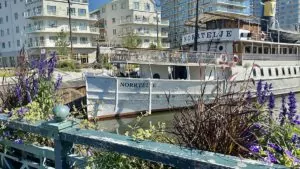
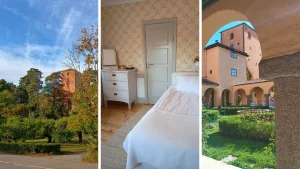
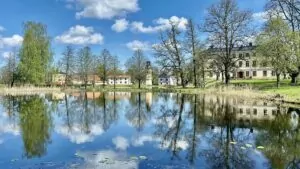
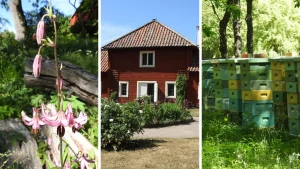
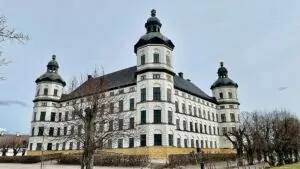

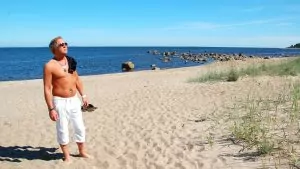



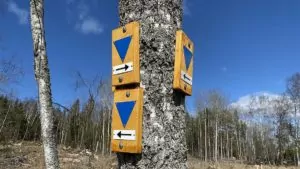
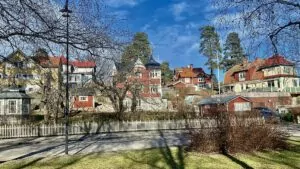
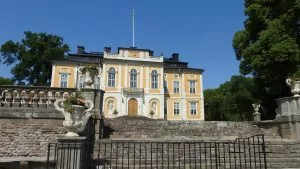
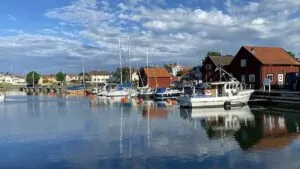

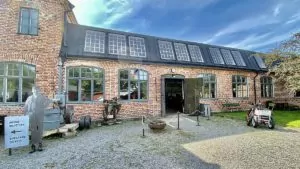
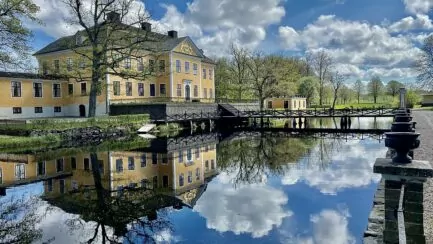
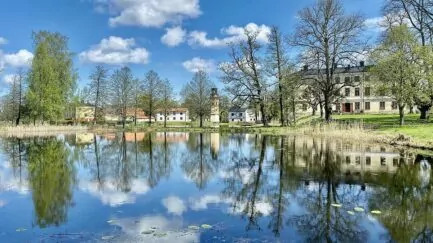
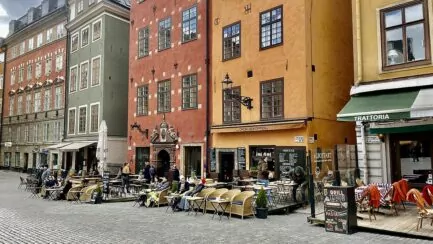
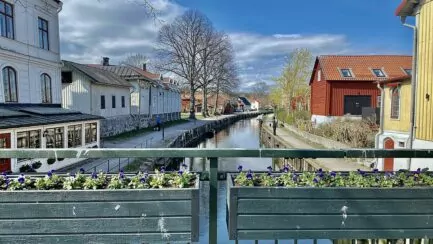
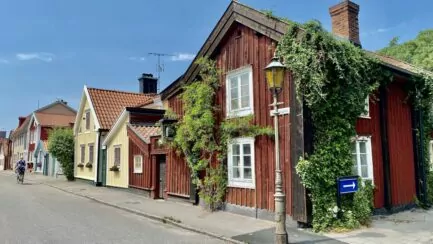



Ann-Louise Paulsson says:
Nice pictures! I was here in 1989 so it's been a while... must go back soon. 🙂 Am really keen to visit the other poppy farms as well.
25 May 2021 - 8:52
Ama de casa says:
Österbybruk is a familiar neighbourhood for me. Anders' grandmother and grandfather lived in the area and we often visited them. Anders' real grandfather immigrated from "Vallonia" and worked in the forges. However, he died at a young age and his grandmother remarried. Anders' "plastic grandfather" lived longer, reaching 104 years of age. So there are certainly healthy areas around there and in Österbybruk 🙂.
25 May 2021 - 9:33
Lena+in+Wales+and+Spain says:
I have not been there, but I have been on my way there.
I have a friend in Uppsala and we were heading there, but it was winter and really bad weather, so we only made it to Östhammar. So I still have this mill on my to-do list.
Thanks for the interesting post!
25 May 2021 - 12:08
BP says:
I have actually visited the Österbybruk and Dannemora mines, but that was many, many years ago.
Of all the places you have visited so far, Österbybruk, at least the inn there and the smithy are the first buildings that need renovation = repainting.
25 May 2021 - 19:06
Lena - good for the soul says:
How beautiful it looks! A place that is on the wish list! It is located almost in our hoods so it should not be so difficult to go there 🙂 .
Hug Lena
13 June 2021 - 8:01